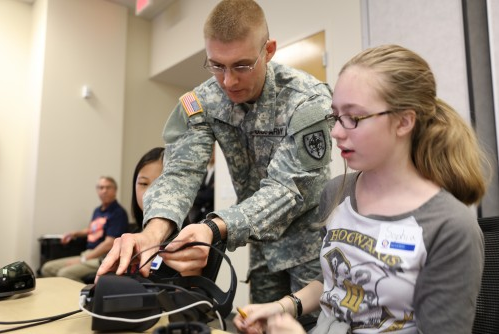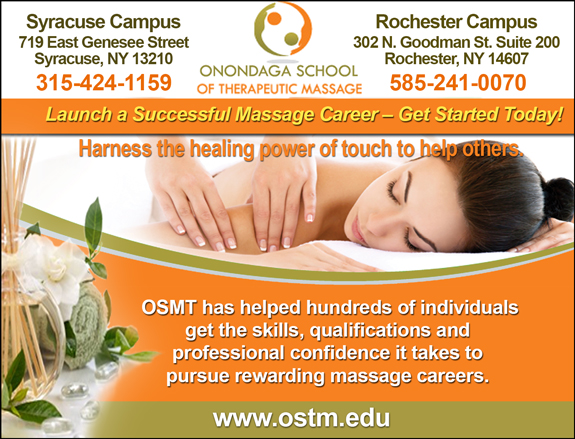
Military Kids Learn About Prosthetics Using Virtual, Augmented Reality
TO: Education and science reporters, calendar and weekend assignment editors
WHAT: Hands-on prosthetic/virtual and augmented reality STEM workshop for military children at the Uniformed Services University of the Health Sciences (USU), in Bethesda, Md., sponsored by the Johns Hopkins Applied Physics Lab, Laurel, Md., and USU’s Department of Physical Medicine and Rehabilitation.
WHEN: June 3-4, 2017, 9 a.m. – 5:00 p.m.
WHERE: Uniformed Services University of the Health Sciences, Bethesda, Maryland. THIS EVENT IS ON A CLOSED MILITARY BASE. INTERESTED REPORTERS MUST CONTACT SHARON HOLLAND OR SARAH MARSHALL NO LATER THAN 12:00 NOON ON FRIDAY, JUNE 2. Contact info is listed above.
WHY: Approximately 20 middle school-aged children of military service members, will use prosthetic limbs and virtual and augmented reality to gain a deeper understanding of the healing process of an amputee while learning science, technology, engineering and math (STEM) topics in a fun, interactive workshop at USU this weekend. Students will explore human anatomy (specifically the brain, nervous system, and muscular system) using a Hololens and will explore prosthetics using an Occulus Rift through playing pre-programmed coordination games. The workshop was developed by the Johns Hopkins Applied Physics Laboratory (APL) through a grant from the Office of Naval Research. Prosthetics experts from USU and APL will lead the Connecting STEM Outreach Now Using VIE Education for Youth, or CONVEY, workshop. Through demonstrations, games and activities, the students will work in pairs and groups, learning STEM concepts, as well as fundamentals of anatomy and physiology. The interactive activities will culminate in a virtual-reality competition, engaging the students and evaluating what they learned. The goal is to help cultivate an emotional connection unique to these children that may motivate them to pursue STEM careers.
# # #



